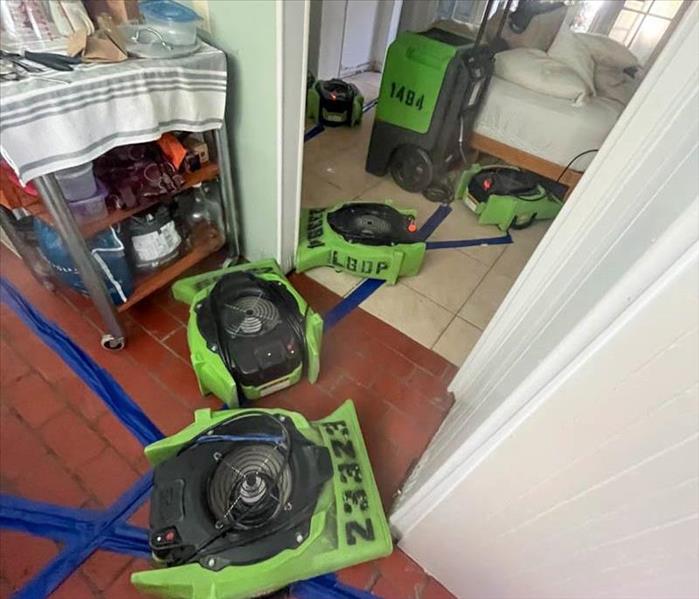How to Safely Dispose Water-Damaged Materials and Debris
10/10/2023 (Permalink)
 Safe disposal of water-damaged materials and debris is an essential step in the aftermath of any water-damage event.
Safe disposal of water-damaged materials and debris is an essential step in the aftermath of any water-damage event.
Dealing with water damage is never easy, but once the cleanup process is underway, another important task comes into focus: the proper disposal of water-damaged materials and debris. Knowing how to handle this step is crucial to protect yourself and the environment. In this blog, we will provide you with essential guidelines and tips for the safe disposal of water-damaged materials and debris after a flood or any other water-damage event.
Post-Water Damage Cleanup
Before we dive into the disposal process, it's essential to remove the damaged materials and debris from your property. This may include items like carpets, furniture, insulation, drywall, and personal belongings. Sorting these materials appropriately is crucial to ensure a smooth disposal process.
Hazardous Materials
During water damage incidents, there is a possibility of encountering hazardous materials. Substances such as lead-based paint, asbestos, mold-infested materials, and chemicals from household products may be present. Identifying these harmful substances is crucial for safe disposal. It is recommended to seek professional assistance in handling and disposing of hazardous materials properly, ensuring your safety and compliance with local regulations.
Working with Your Local Waste Management System
Proper disposal of water-damaged materials requires working in tandem with your local waste management system. They provide guidelines and resources for handling different types of debris. Reach out to your local municipality to inquire about any special instructions or regulations, such as guidelines for sorting debris and hazardous waste pickup or drop-off locations. Adhering to these guidelines helps protect the environment and avoids potential fines.
Avoiding Environmental Damage
Water-damaged materials, if not disposed of properly, can cause harm to the environment. It's vital to ensure that no hazardous waste enters local streams, rivers, or groundwater sources. Avoiding environmental damage can be achieved by working with environmental regulators and following their guidance. They can provide information on safe disposal methods and alert you to any specific environmental concerns related to your area.
Safe disposal of water-damaged materials and debris is an essential step in the aftermath of any water-damage event. Proper handling and disposal protect your health, prevent environmental damage, and ensure compliance with local regulations. Remember to remove damaged materials carefully, identify and handle hazardous substances appropriately, and work with your local waste management system and environmental regulators. By following these guidelines and tips, you can contribute to a safe and sustainable recovery process.
We hope this guide has provided you with valuable insights on how to handle the safe disposal of water-damaged materials and debris. If you have any further questions or require professional assistance with water damage cleanup and restoration, don't hesitate to reach out to our experienced team at SERVPRO® of Costa Mesa.






 24/7 Emergency Service
24/7 Emergency Service